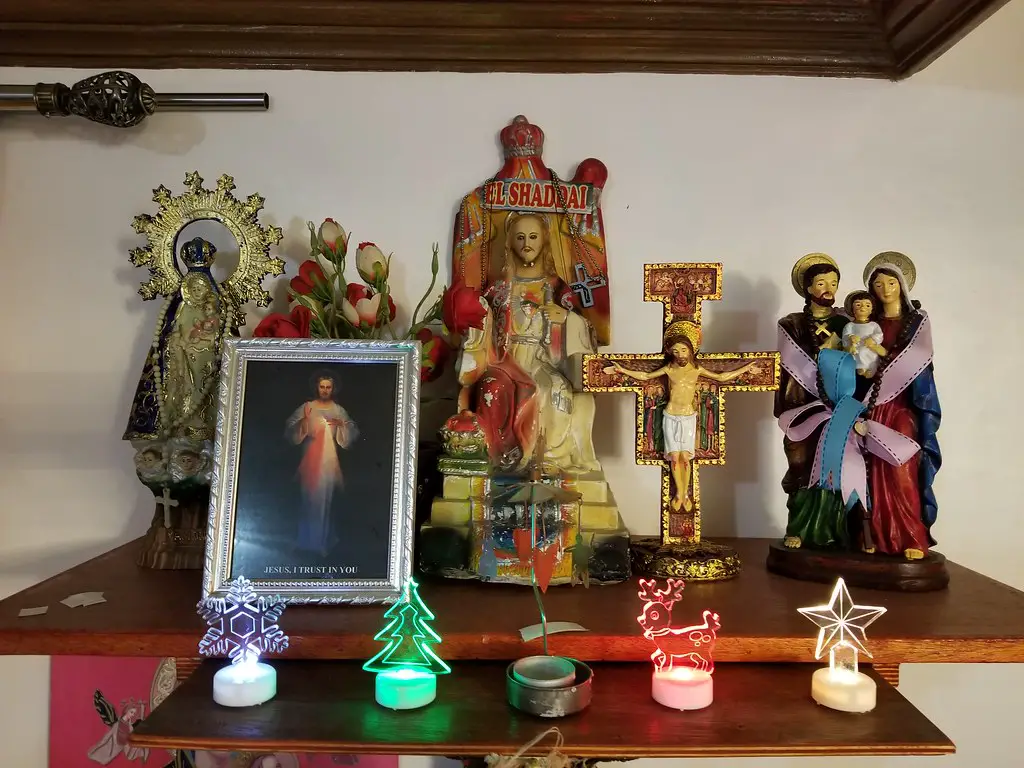Doctrine
Are Catholic use of Images and Statues considered as idolatry
The use of images and statues has long been a prominent aspect of religious practice, with various faith traditions incorporating visual representations into their worship. Within Catholicism, the presence of images and statues in churches and homes is a common sight. However, questions and misconceptions often arise regarding whether the Catholic use of these visual aids is tantamount to idolatry. In this in-depth article, we will embark on a journey to understand the Catholic perspective on the use of images and statues, dispel myths about idolatry, and appreciate the underlying theology that informs this practice.
The Role of Images in Worship:
Catholicism, like many other Christian traditions, embraces the use of images and statues as aids to worship and reflection. These visual representations serve several purposes within the faith:
- Aid to Devotion: Images and statues are not objects of worship themselves; rather, they serve as tools to help believers focus their minds and hearts on the divine. They provide a visual focal point for prayer and meditation.
- Illustration of Scripture: Many images and statues depict scenes from the Bible, bringing sacred stories to life and allowing individuals to connect emotionally with the events and figures described in scripture.
- Communion of Saints: Images of saints and angels are intended to inspire believers by showcasing the lives of individuals who exemplified holiness and devotion. These depictions serve as role models for living a life of faith.
- Visual Learning: Images and statues offer a means of teaching, especially for those who may be illiterate or struggle with reading. They can convey complex theological concepts in a way that is easily understandable.
Catholic Theology and the Danger of Idolatry:
Catholic theology unequivocally condemns idolatry—the worship of anything other than the one true God. While images and statues play a role in Catholic devotion, they are not revered as deities themselves. Instead, they are seen as instruments that direct the worshiper’s attention toward God and the divine mysteries.
The Catechism of the Catholic Church (CCC) specifically addresses the issue of idolatry and underscores that the proper use of images and statues does not equate to idol worship (CCC 2132). The Church acknowledges that there is a fine line between reverence and idolatry and emphasizes that it is not the object itself that is worshiped, but the reality it represents.
Dispelling Misconceptions:
- Misconception: Catholics Worship Images: In truth, Catholics do not worship images or statues. Instead, they venerate them as visual aids that help deepen their connection to God, saints, and biblical events.
- Misconception: Catholicism Promotes Polytheism: Catholicism is monotheistic, believing in one God. The use of images and statues does not introduce polytheism, as these representations are understood to be reflections of divine realities rather than independent deities.
- Misconception: Images Replace God: The purpose of images and statues is to facilitate a deeper relationship with God, not replace that relationship. Catholics recognize that the image itself holds no inherent power; rather, it serves as a conduit for spiritual growth and connection.
- Misconception: Statues are “Graven Images”: The prohibition against “graven images” in the Ten Commandments (Exodus 20:4) refers to the prohibition of creating objects for the purpose of worshiping them as gods. Catholic images and statues are not worshiped, making them distinct from the idols condemned in the Bible.
Conclusion:
The Catholic use of images and statues is rooted in a deep theological understanding that emphasizes the role of these visual aids as tools to foster devotion and connection with the divine. While misconceptions abound, it is crucial to approach this practice with an open mind and a willingness to understand its context within Catholic theology. The distinction between veneration and idolatry is a fundamental tenet of Catholicism, and images and statues are utilized as instruments to direct the heart toward God and to illuminate the richness of the faith. By gaining insight into the theology and purpose behind this practice, one can appreciate the intricate balance between visual representation and authentic spiritual worship within the Catholic tradition.
About Author


























